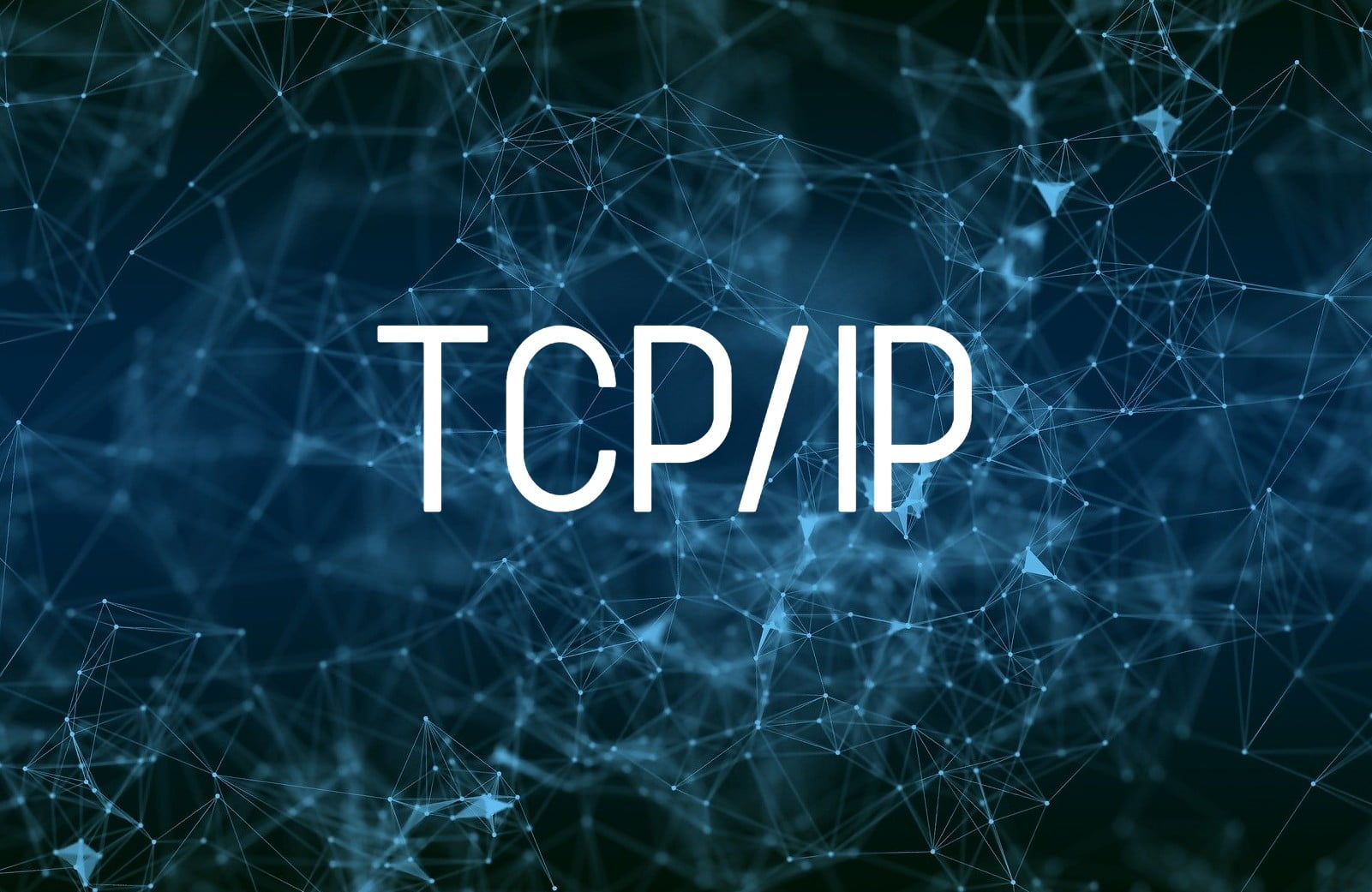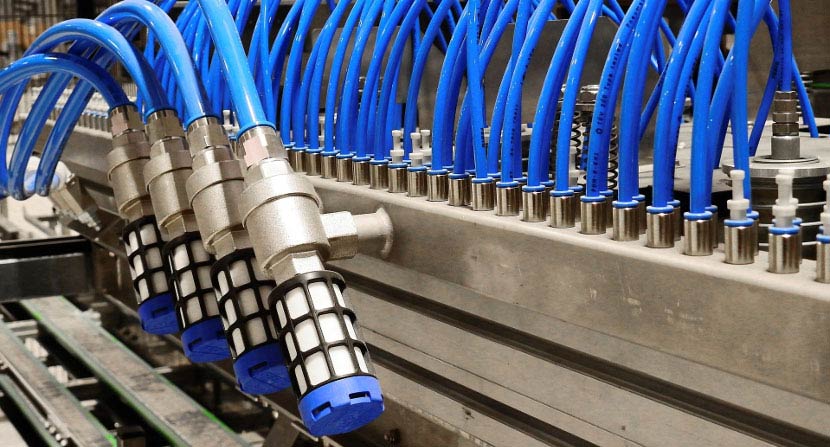TCP/IP: The foundation of the Internet
Published

The basics of TCP/IP: An introduction
TCP/IP, which stands for "Transmission Control Protocol/Internet Protocol", is the basic protocol for communication on the Internet. It is a protocol suite consisting of several protocols and is considered the heart of the Internet. The idea behind TCP/IP is to transmit data over a network, regardless of the type of underlying physical infrastructure. The TCP/IP suite consists of two main protocols: the Transmission Control Protocol (TCP) and the Internet Protocol (IP). TCP ensures the reliable transmission of data by ensuring that data packets reach their destination in the correct order and without loss. IP is responsible for the addressing and routing of data packets in the network. A key concept of TCP/IP is the idea of packets or data packets. Instead of sending data in a continuous stream, it is divided into small packets that are transmitted individually. This enables efficient and reliable data transmission. TCP/IP also defines a variety of services and application protocols based on this protocol suite. The Hypertext Transfer Protocol (HTTP) for the World Wide Web, the Simple Mail Transfer Protocol (SMTP) for e-mails and the File Transfer Protocol (FTP) for file transfer are just a few examples. The basics of TCP/IP are of great importance to anyone who uses the Internet or works in the IT sector. This protocol forms the backbone of the modern internet and enables the global networking of billions of devices and people. Understanding its fundamentals is crucial to understanding how the internet works and using technologies based on it.
TCP/IP layer model: understanding the protocol suite
The TCP/IP layer model is a crucial concept for understanding the behavior and functions of the TCP/IP protocol suite. Similar to the OSI reference model, the TCP/IP model divides network functions into layers to make communication more efficient and ensure interoperability between different systems. The TCP/IP model consists of four main layers: 1. application layer: This top layer is responsible for user interaction and the provision of applications. Protocols such as HTTP for the World Wide Web, SMTP for e-mails and FTP for file transfers are located here. 2nd transport layer: This layer provides communication between applications on different devices. The Transmission Control Protocol (TCP) is used here for reliable, connection-oriented communication and the User Datagram Protocol (UDP) for connectionless, data-oriented transmissions. 3rd Internet layer: The third layer, also known as the network layer, is the actual heart of the TCP/IP model. This is where the Internet Protocol (IP) takes care of the addressing and routing of data packets. This layer is crucial for the transmission of data across different networks. 4th network interface layer: This lowest layer is responsible for the physical transmission of data packets. This is where the data is transferred to and from the network devices. The layer model enables a clear separation of functions and thus facilitates the development, maintenance and expansion of network protocols and applications. It also facilitates interoperability between different manufacturers and devices, as each device only needs to implement the appropriate layer to be compatible with others. Understanding the TCP/IP layer model is critical to analyzing network effects and problems, as it allows the isolation of problems to specific layers. It is a key concept for network administrators, developers and anyone working with network technologies as it helps them to better navigate the complex world of Internet communications.
IP addressing and subnetting: The heart of the Internet
IP addressing and subnetting are at the heart of the Internet, as they form the basis for the identification and routing of data packets in global networks. The Internet Protocol (IP) uses a unique IP address to identify each device on a network. This IP address consists of a combination of numbers and dots, for example 192.168.1.1. There are two main versions of IP, namely IPv4 and IPv6. IPv4, the fourth version of the Internet Protocol, uses 32-bit addresses and can therefore theoretically provide up to 4.3 billion unique IP addresses. However, due to the constant growth of the internet and the increasing number of networked devices, IPv6 was developed, which uses 128-bit addresses and therefore enables an almost infinite number of addresses. Subnetting is a technique used in IP networks to divide large address ranges into smaller, more manageable segments. This is particularly important for network administrators in order to use resources efficiently and optimize routing. Subnetting makes it possible to divide networks into parts so that they can be managed and scaled independently of each other. An IP address consists of two parts: the network part and the host part. Subnetting refers to the division of the network portion into smaller segments, while the host portion is used to identify individual devices within that segment. IP addressing and subnetting are fundamental concepts for network administrators and engineers who plan and manage the architecture and performance of networks. Without these techniques, the global networking of devices on the Internet would not be possible. They are at the heart of enabling communication and data exchange in the digital world.
TCP vs. UDP: Insight into the transport protocols
TCP (Transmission Control Protocol) and UDP (User Datagram Protocol) are two of the most important transport protocols in the TCP/IP protocol suite and are used to transfer data packets between devices in the network. Both protocols have their own advantages and disadvantages and are suitable for different applications. TCP is a connection-oriented protocol, which means that it ensures reliable and orderly data transmission. It ensures that data packets arrive in the correct order and that lost packets are retransmitted. This reliability makes TCP ideal for applications where data integrity and order are of paramount importance, such as file downloads, web browsing and email communications. In contrast, UDP is a connectionless protocol where data packets are transmitted without confirmation or control. This makes UDP faster and less computationally intensive than TCP, as there are no complex handshakes and queue management. UDP is well suited for applications where speed and efficiency are more important than reliability, such as audio or video streaming, online gaming and VoIP calls. The choice between TCP and UDP depends heavily on the requirements of your application. If data integrity and sequence are of utmost importance, TCP is the right choice. If speed and low latency are more important and data loss is acceptable, UDP is the better option. It is also possible to combine both protocols in one application to get the best of both worlds. This is often referred to as a TCP/UDP hybrid and makes it possible to combine a reliable foundation (TCP) with fast, non-binding data transfers (UDP). Overall, TCP and UDP are crucial for communication on the Internet as they form the basis for the transmission of data. Understanding their differences and their respective advantages and disadvantages is essential to making the right choice for your network requirements.








